Advertisement
Telling 'The Epic Story Of The Chinese Who Built The Transcontinental Railroad'
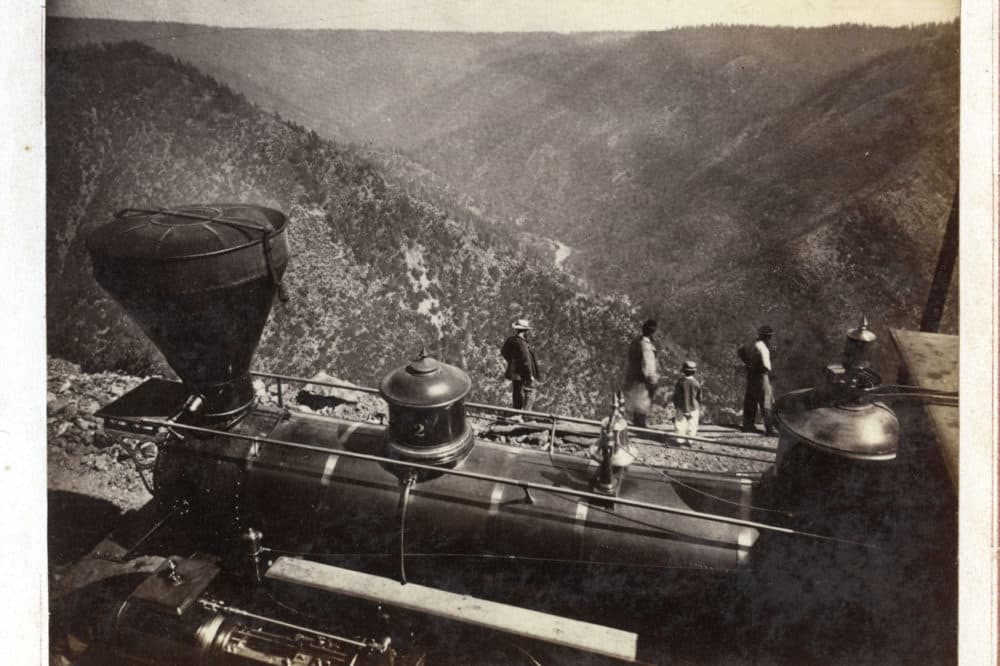
With Meghna Chakrabarti
Now 150 years after the two halves of the first transcontinental railroad were united, the Chinese workers who did some of the most difficult work get their due.
Guests
Gordon H. Chang, author of "Ghosts of Gold Mountain: The Epic Story of the Chinese Who Built the Transcontinental Railroad." Co-director of the Chinese Railroad Workers in North America Project. Professor of American history at Stanford University. Director of the Center for East Asian Studies. (@Stanford)
Lisa See, great-great granddaughter of Fong Dun Shung, who worked on the transcontinental railroad as an herbalist. Author of "On Gold Mountain: The One-Hundred-Year Odyssey of My Chinese-American Family." Participated in the Chinese Railroad Workers in North America oral history project. (@Lisa_See)
Photographs From 'Ghosts Of Gold Mountain'
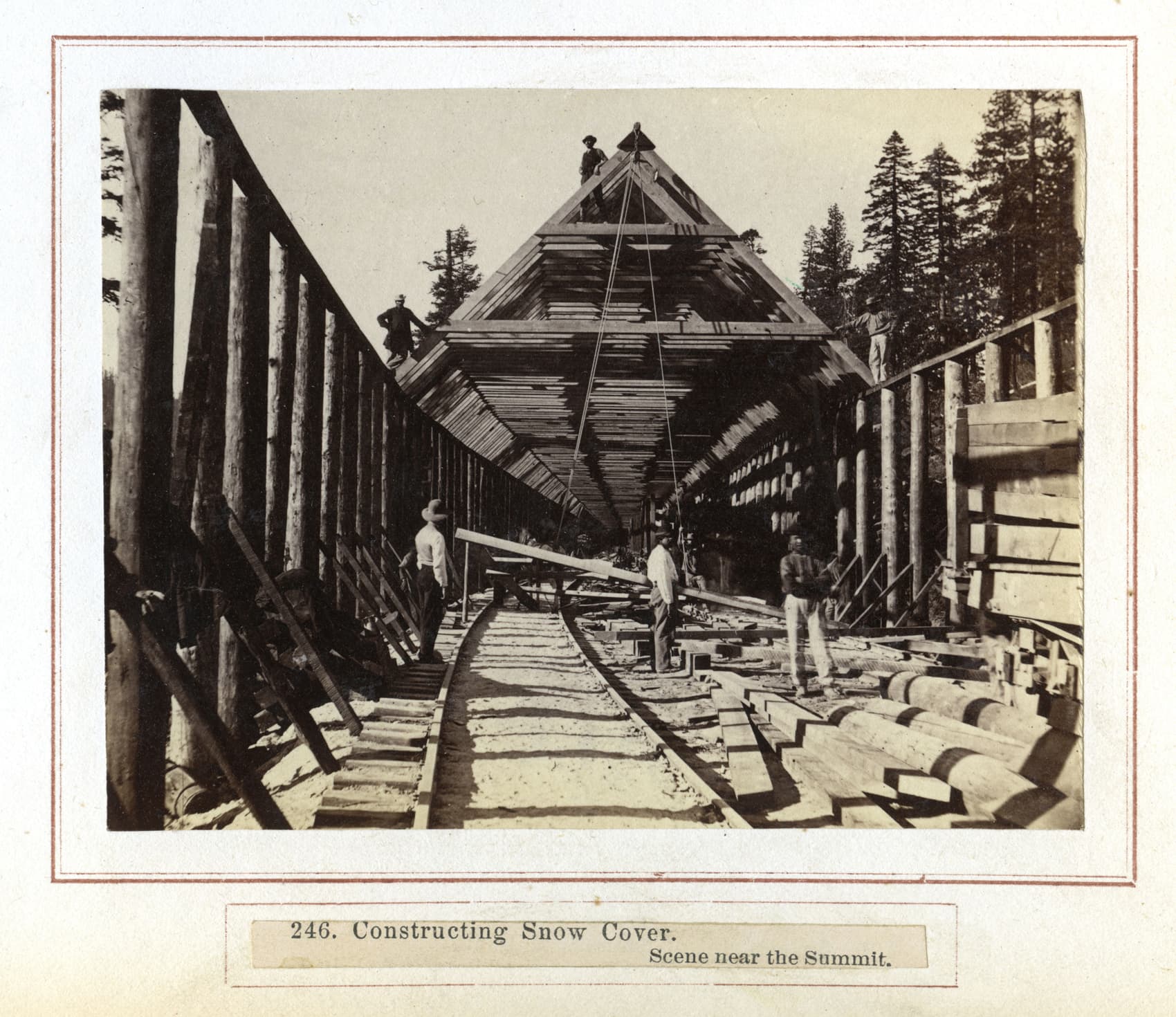
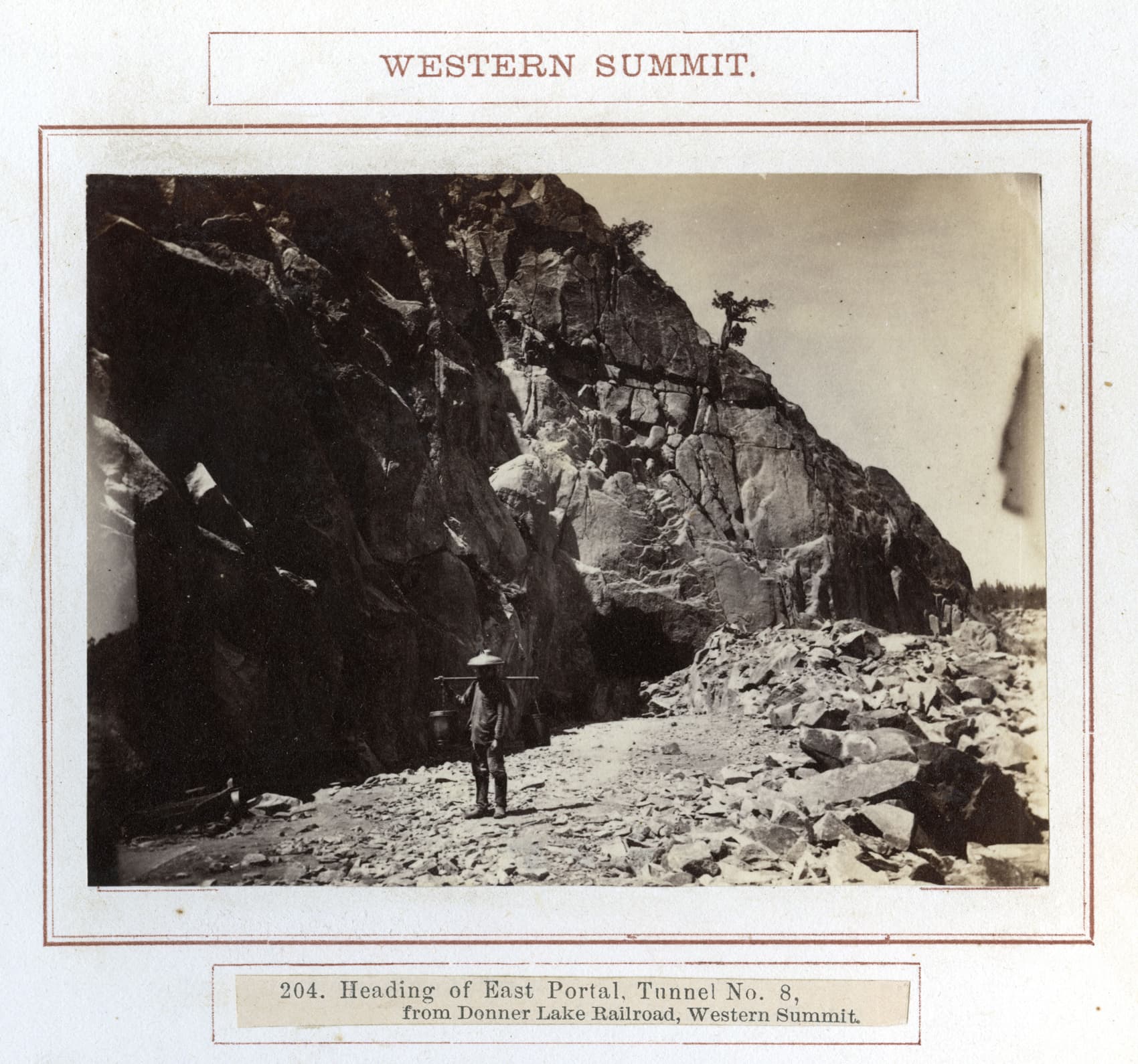
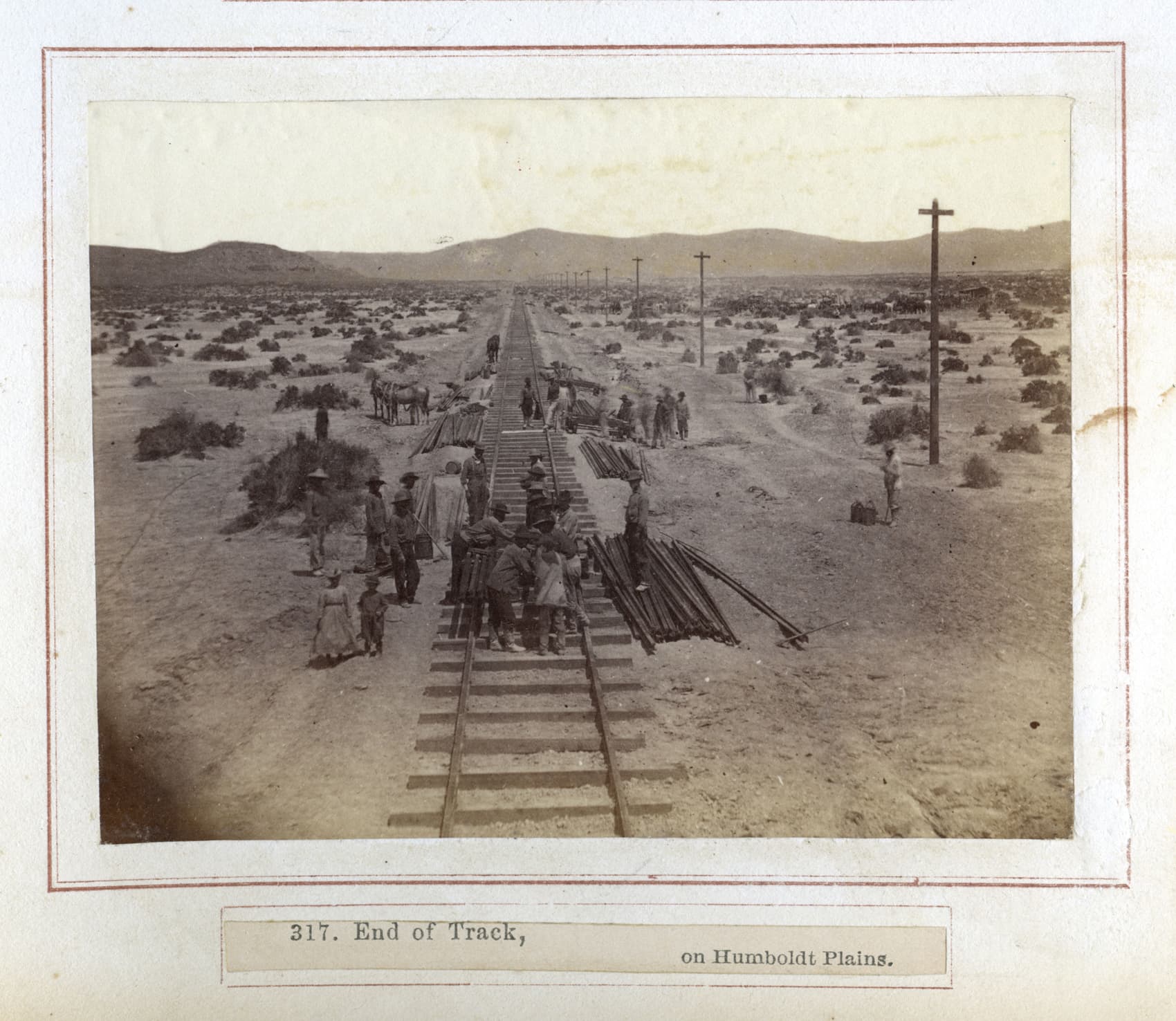
From The Reading List
Los Angeles Times: "Chinese immigrants helped build California, but they’ve been written out of its history" — "In 2014, the U.S. Labor Department formally inducted the Chinese workers who helped build the transcontinental railroad into its Hall of Honor, giving them a place in American labor history alongside union leaders such as Eugene V. Debs and A. Philip Randolph and champions of worker dignity such as Mother Jones and Cesar Chavez.
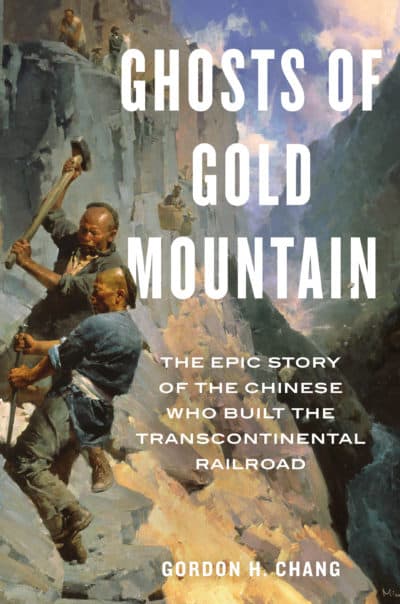
"What was remarkable about that moment was that it took the nation 145 years to recognize Chinese immigrants’ role in building the nation.
"From 1865 to 1869, as many as 20,000 Chinese laborers worked on the Central Pacific Railroad, which ran from Sacramento to Promontory Summit, Utah, where it was united with the Union Pacific Railroad in the golden spike ceremony marking the completion of the first transcontinental railroad. Those workers accounted for as much as 90% of the Central Pacific workforce.
"The Central Pacific could not have been built without them — and without the Central Pacific, the history of the American West and California in particular might have been very different. That’s a fact to be considered as the 150th anniversary of the golden spike ceremony looms just a month away, and as immigration again roils American politics."
NBC News: "Recovering an erased history: The Chinese railroad workers who helped connect the country" — "They thought this was their chance.
"May 10, 1969, marked 100 years since the golden spike was hammered in at Promontory, Utah, signifying the completion of America’s first transcontinental railroad — a monumental engineering feat that linked together the nation's coasts.
"A ceremony commemorating the anniversary drew a crowd of around 20,000. Among the attendees were Philip P. Choy, president of the San Francisco-based Chinese Historical Society of America, and Thomas W. Chinn, one of its founders.
"Centennial officials had agreed to set aside five minutes of the ceremony for the society to pay homage to the Chinese workers who had helped build the railroad, but whose contributions had been largely glossed over in history. Choy, Chinn and the others gathered at Promontory that day had hoped this would be the moment when the more than 10,000 Chinese who labored for the Central Pacific Railroad finally got their due."
Grace Tatter produced this hour for broadcast.
This program aired on May 7, 2019.